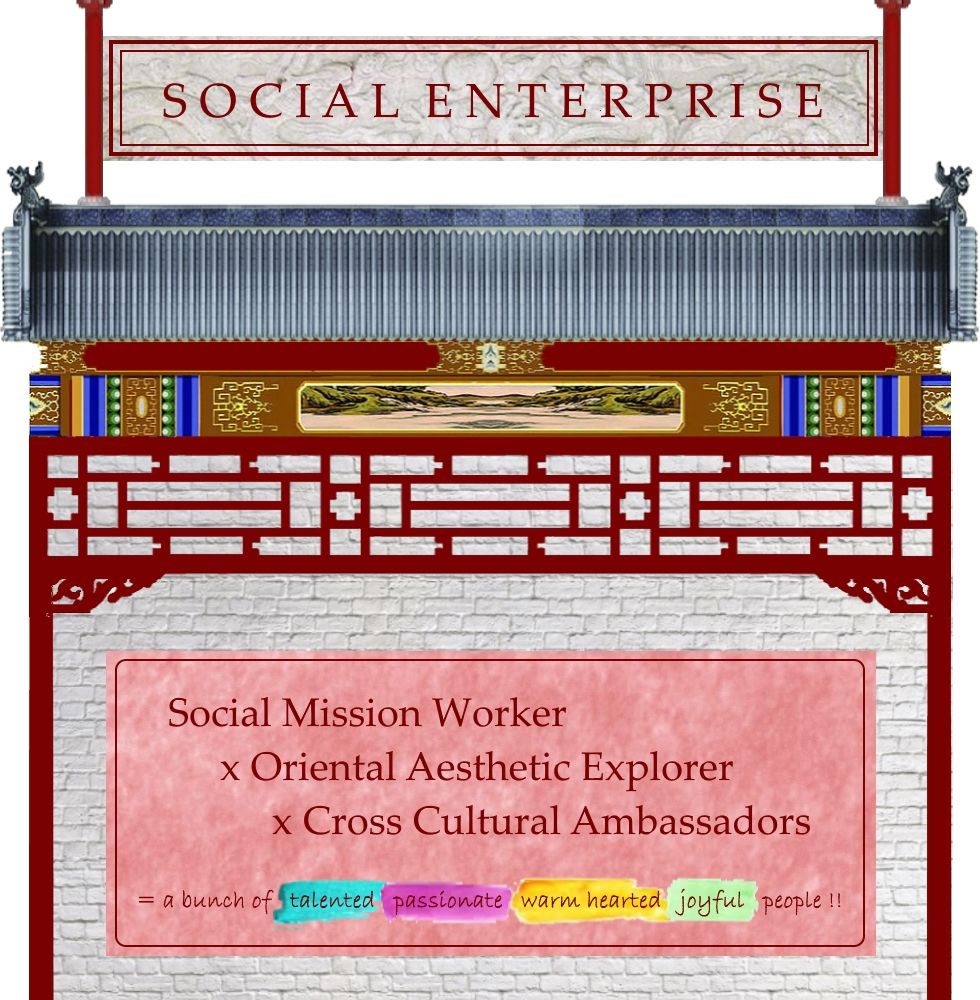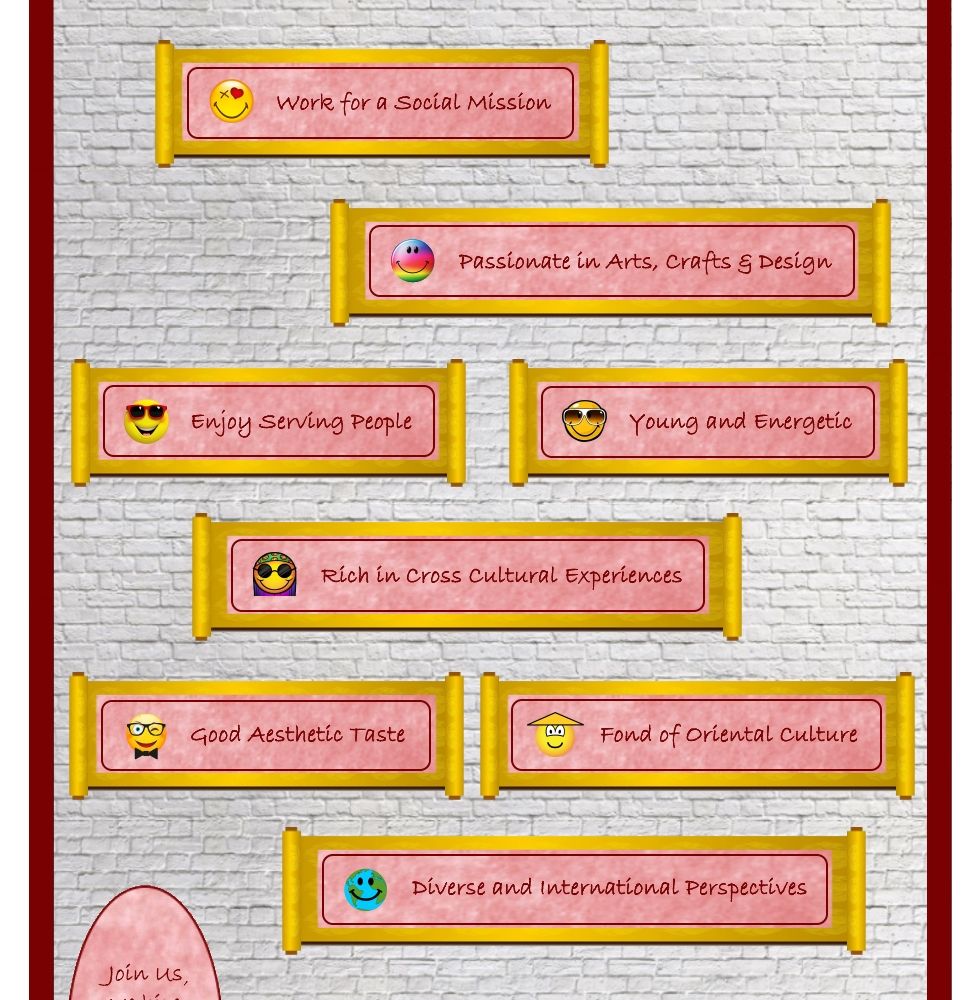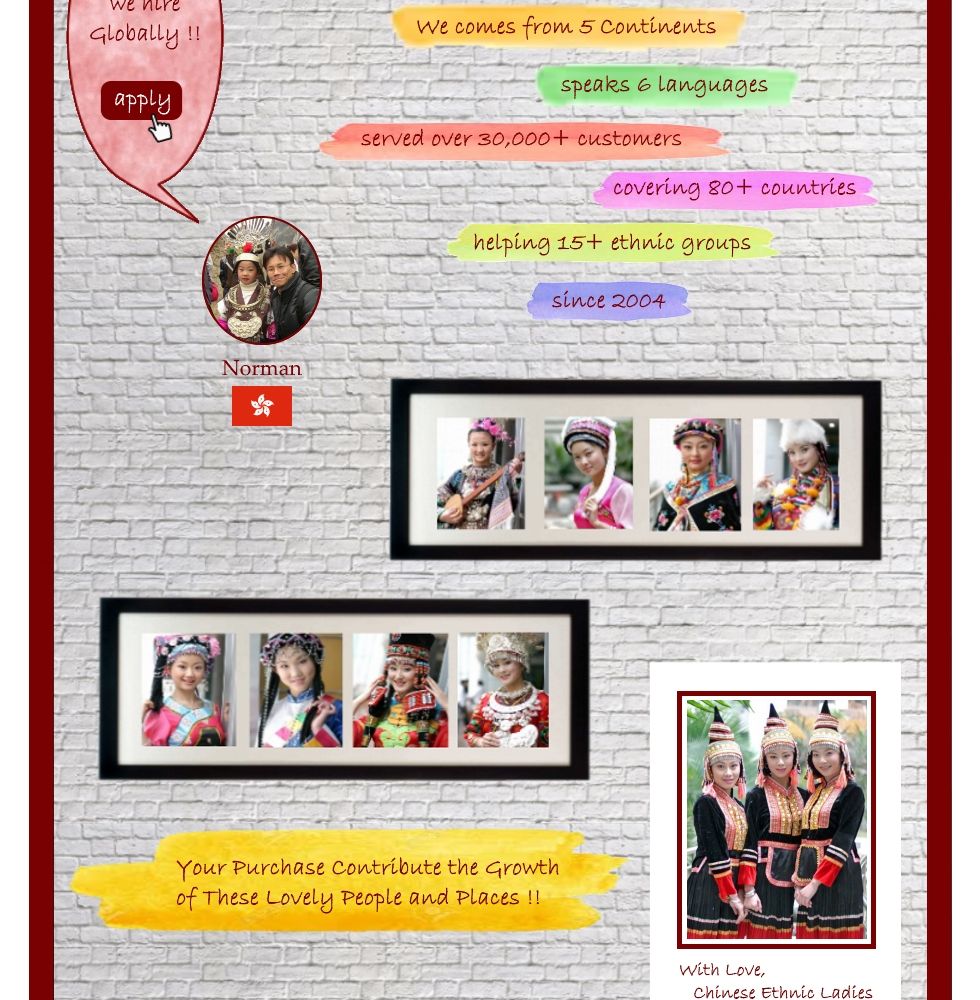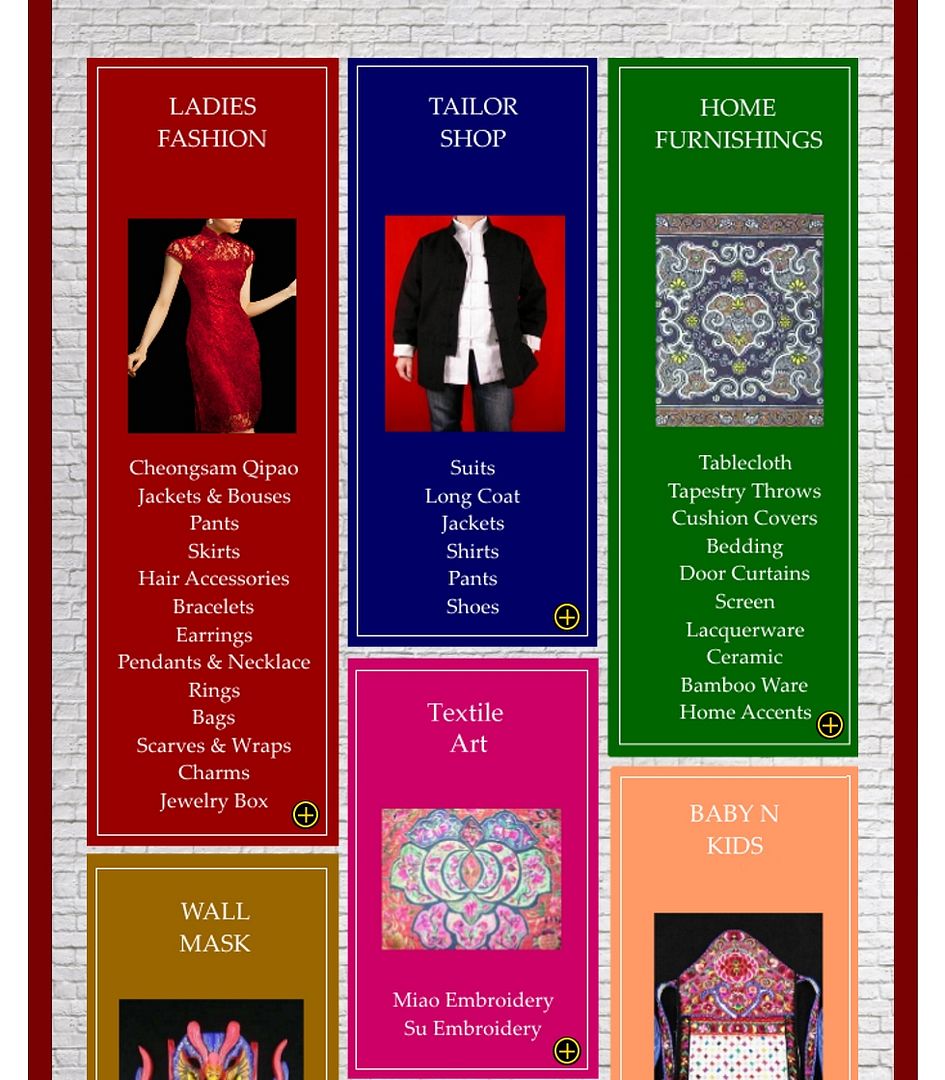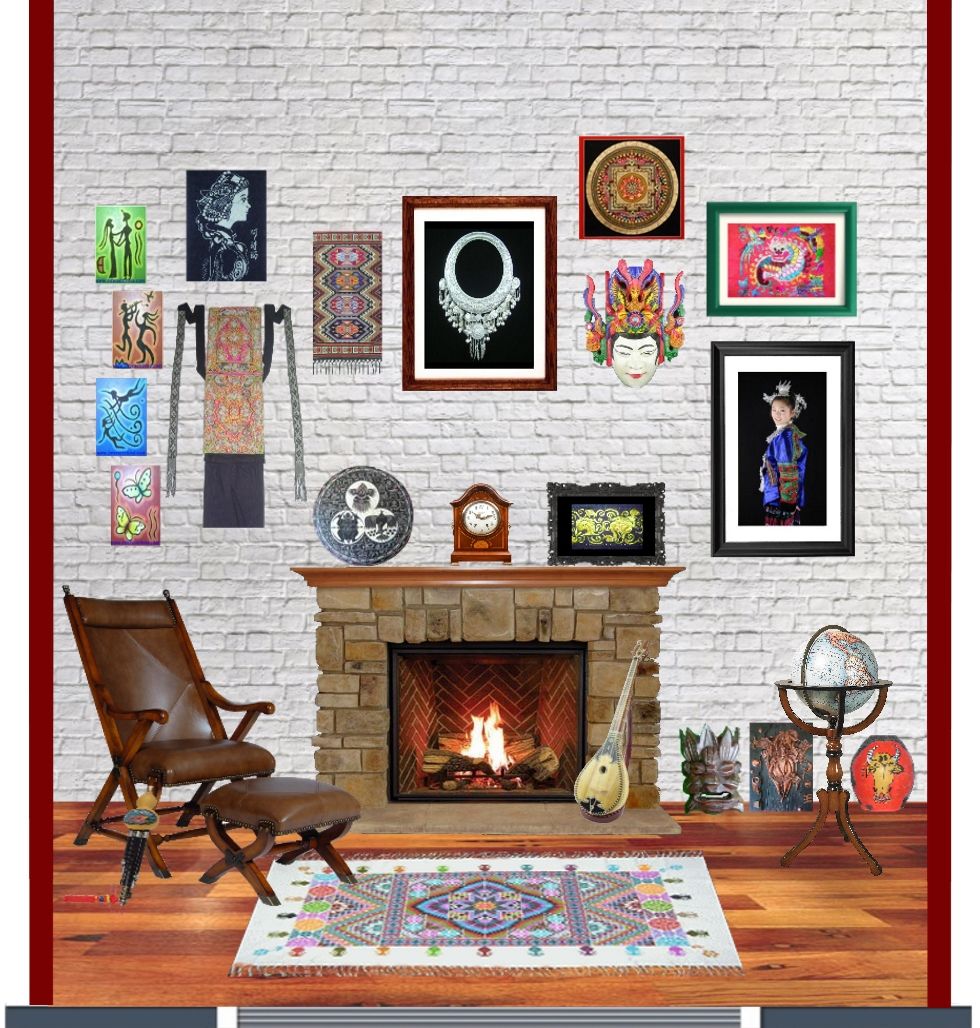Traditional Chinese Jewelry Making Techniques
5th Jun 2017
Traditional Chinese jewelry can be made of stone and jade beads and discs, coins, and cord. Chinese jewelry making techniques date back to antiquity. Chinese jewelry is often worn for more than simple ornamentation. Jewelry frequently contains elements of amulets and talismans, with gold often being a form of saving resources for later use.
 |
Chinese knots are, in some ways, similar to Celtic knots. Each knot represents a particular traditional Chinese form, and in many cases are representative of Buddhist precepts like the continuation of life. Chinese knotted jewelry usually incorporates a main jade or stone centerpiece and jade, stone, coins or glass beads. The cord from the knots usually is extended upward to make a lanyard for a necklace, but with some bracelet styles the knot or knots are extended around the wrist with a macramé style knot.
Chinese knotting was nearly lost as an art form. In recent years, several books teaching knotting techniques have been released. The cord used in making the knots is readily available at craft or fabric stores.
 |
Jade is a common material in Chinese jewelry. Jade is usually carved with symbols to bring luck, prosperity and good fortune. Jade is considered protective and is often carved into a solid ring.
Although carving jades is a very specialized skill that often requires years of training, simple cabochons can be made using commonly available lapidary grinders and polishes. A cabochon is an excellent way to show the color and texture of a particularly beautiful piece of jade.
 |
Gold jewelry is viewed as being an investment and store of wealth. Gold is frequently used as a setting for jade and other gemstones.
 |
If you are interested in setting jade in gold, look for basket settings at a jewelry-supply store. You may also make a wire-wrap setting using either pure gold or karat gold wire.
 |
Cloisonné is a jewelry-making technique where bright colors of enamel are inlaid in a metal base and fired in a kiln. Cloisonné dates back to the 13th century Yuan dynasty. Although cloisonné is used for a variety of items, including bowls and cups, it is a very popular jewelry form. Cloisonné centerpieces are made into pendants, earrings, rings and bracelets.
Premade cloisonné beads are available at bead shops, but you can also make your own. Several companies make inexpensive ovens in which glass and low-temperature ceramics can be melted with brass or bronze wires as separators. With one of these ovens, which operate at a higher temperature than household ovens but not as high as a kiln for most ceramics, simple, but beautiful, cloisonné items can be made.
by Xiao Xiao xiaoxiao@interactchina.com
About Interact China
“A Social Enterprise in E-commerce Promoting Oriental Aesthetic Worldwide”
We co-founded Interact China in 2004 with specialization in fine Oriental Aesthetic products handmade by ethnic minorities & Han Chinese. Having direct partnerships with artisans, designers, craft masters and tailors, along with 10 years solid experience in e-commerce via InteractChina.com, we position well to bridge talented artisans in the East with the rest of the world, and bring you direct finely selected products that are of good quality and aesthetic taste.
So far we carry 2000+ goods covering Ladies Fashion, Tailor Shop, Home Furnishings, Babies & Kids, Painting Arts, Textile Arts, Carving Arts, Tribal Jewelry Art, Wall Masks and Musical Instruments. Our team speak English, French, German, Spanish and Italian, and serve customers worldwide with passion and hearts.
P.S. We Need People with Similar Passion to Join Our Blogging Team!
If you have passion to write about Oriental Aesthetic in Fashion, Home Decor, Art & Crafts, Culture, Music, Books, and Charity, please contact us at bloggers@interactchina.com, we would love to hear from you!











